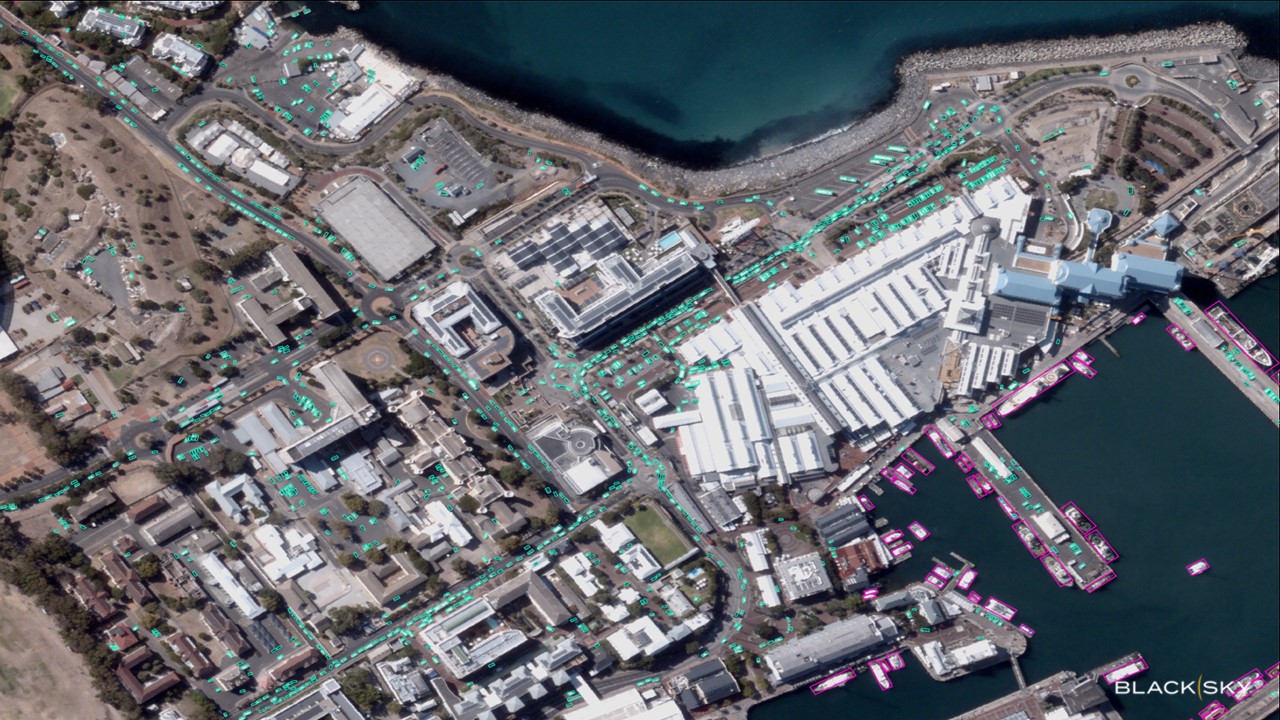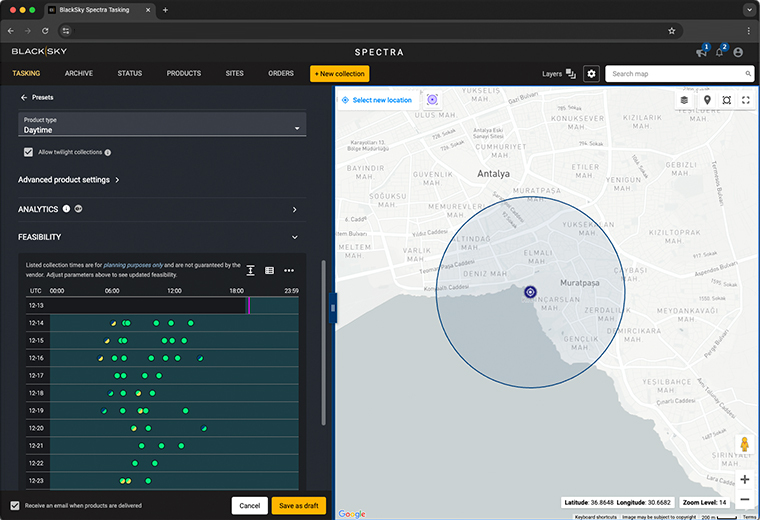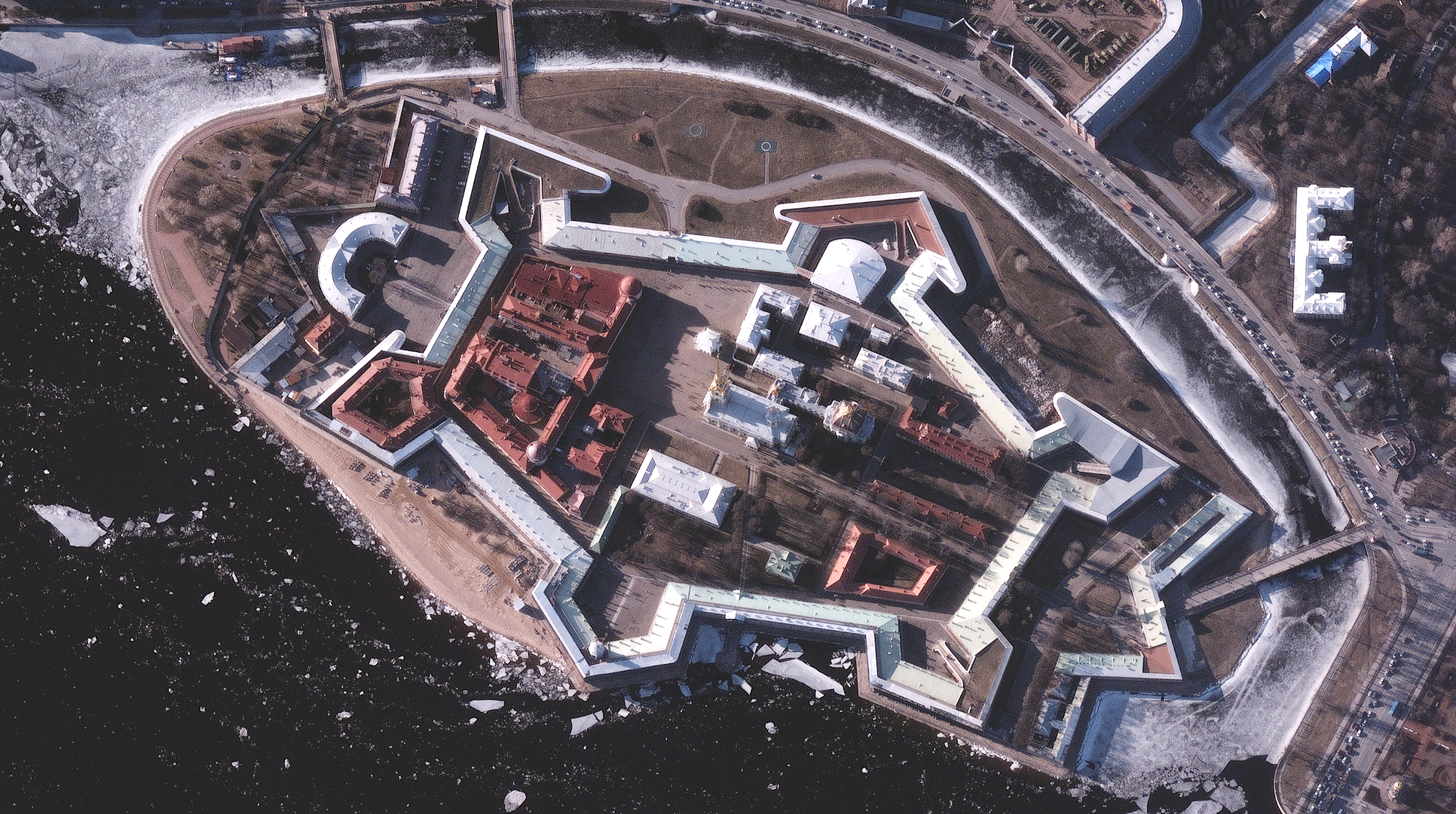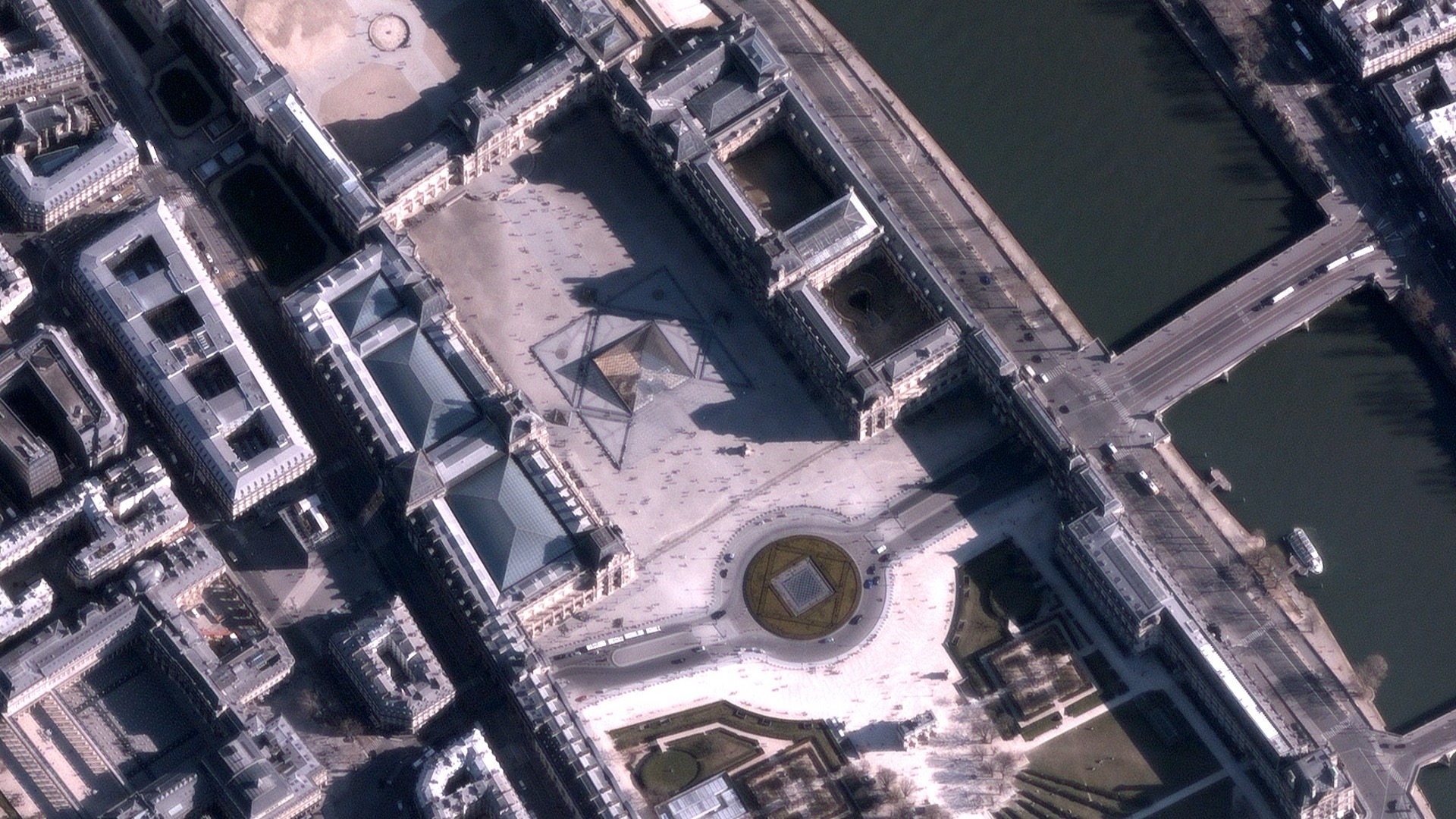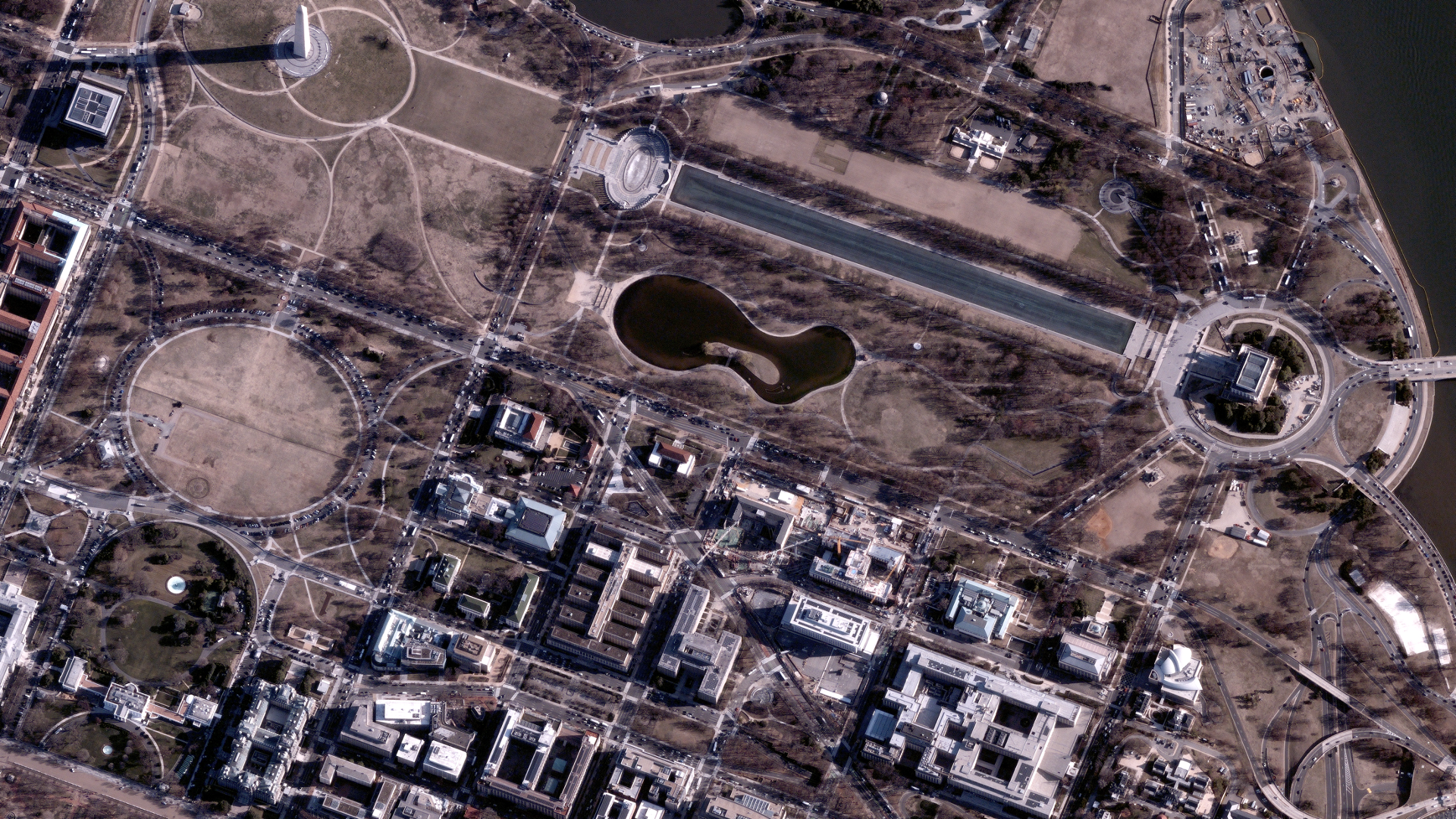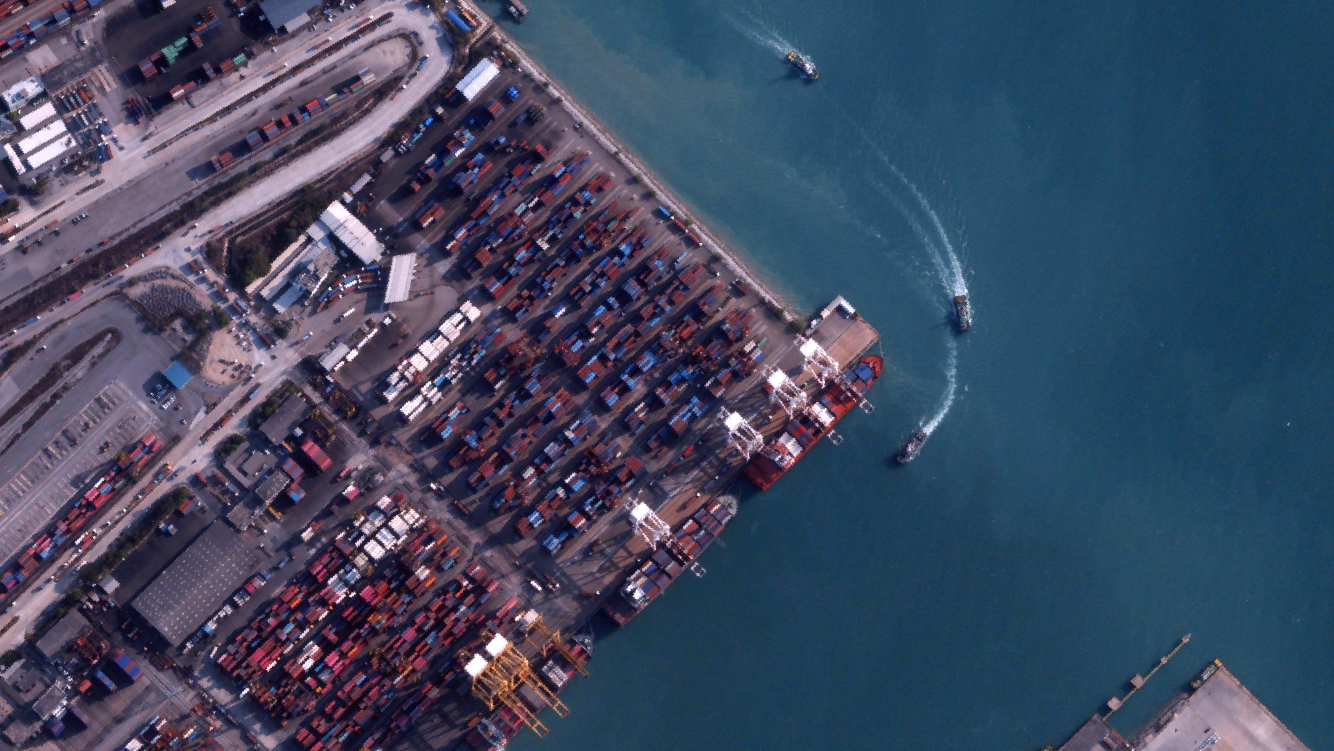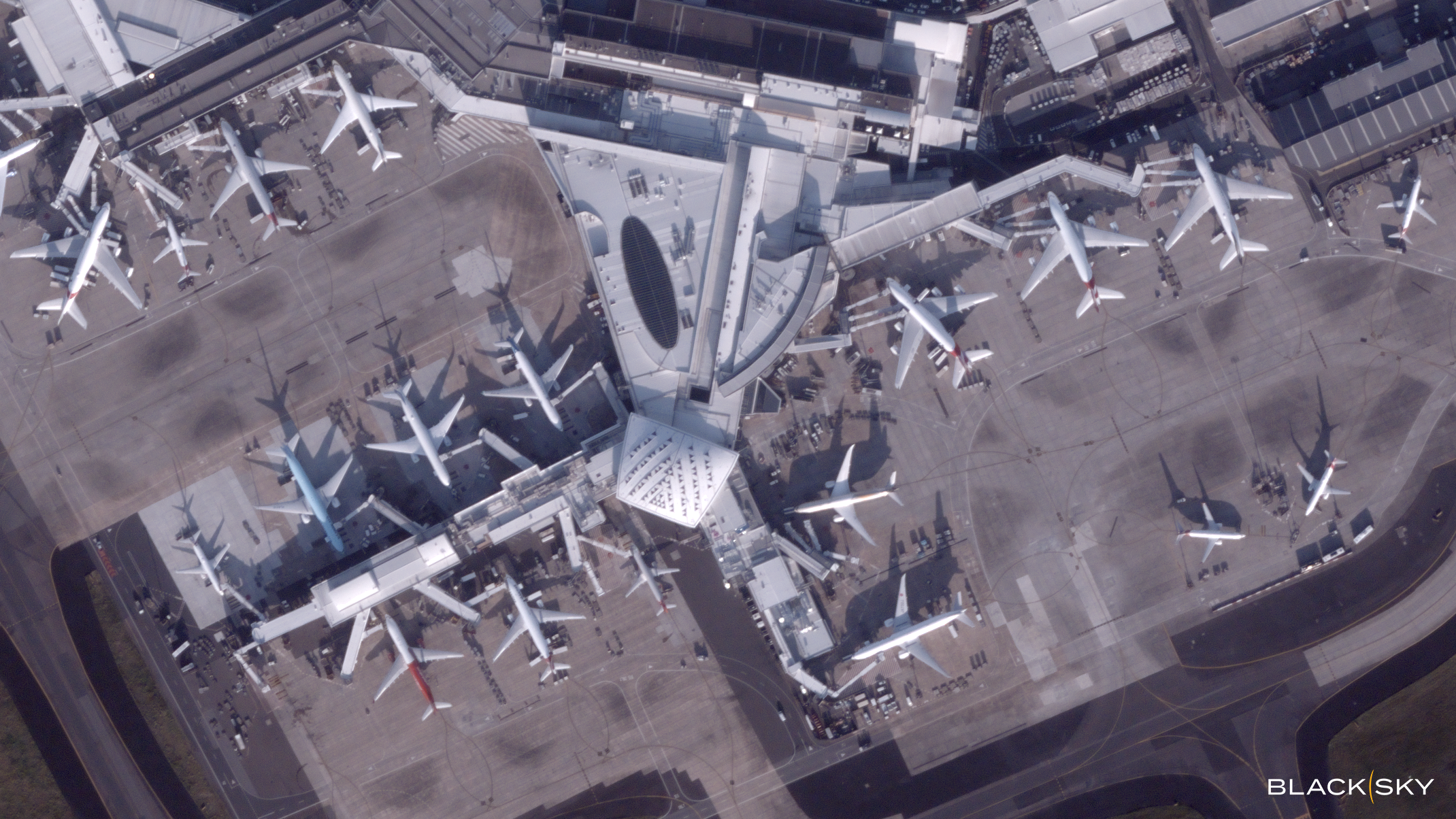Governments and businesses rely on BlackSky intelligence
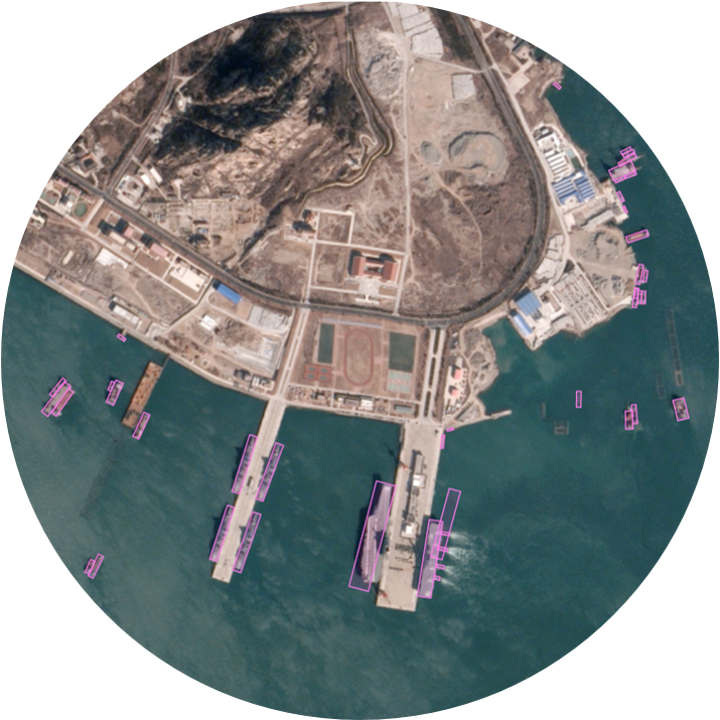
Gain foresight into changing national security and economic conditions.
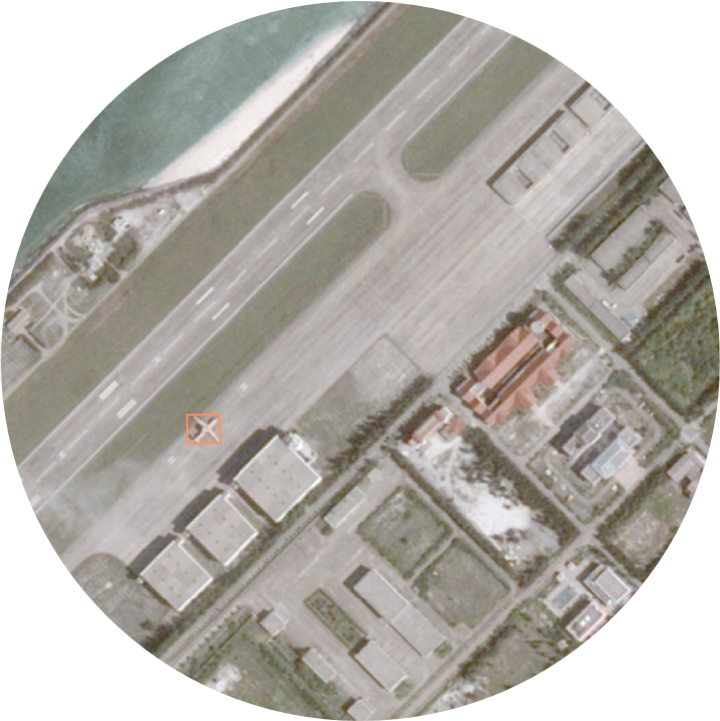
Secure decisive advantage at the tactical edge.
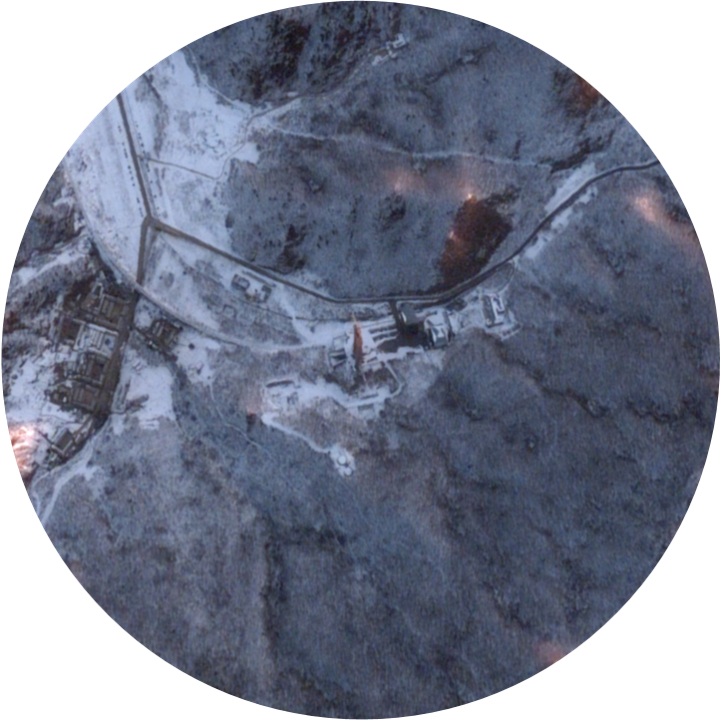
See, understand and anticipate change as it happens.
BlackSky Gen-3 Imagery
BlackSky in the news
2025 GovCon Awards Winners Announced
Government contracting’s biggest night returned Nov. 5 as leaders from across the industry gathered at the Ritz-Carlton Tysons Corner to celebrate the winners of the 23rd annual Greater Washington Government Contractor Awards.
Presented by the Northern Virginia Chamber of Commerce and the Professional Services Council, the winners were announced at the gala, known as the “Academy Awards of Government Contracting.”
Here are the winners (in bold) and the finalists:
Executive of the Year, $75 Million – $300 Million
Brian O’Toole, CEO, BlackSky Technology (Winner)
Mark Drever, CEO, Xcelerate Solutions
Ali Reza Manouchehri, CEO, MetroStar
Lawrence Melton, President & CEO, The Building People
Scott Pfister, President & CEO, Precise Systems
BlackSky wins more than $30 million multi-year contract to integrate Gen-3 tactical ISR services into international customer’s secure environment
BlackSky Technology Inc. won a more than $30 million multi-year contract to integrate Gen-3 high-cadence tactical ISR services into a strategic international defense customer’s secure environment. The expanded solution will accelerate sovereign space-based intelligence capabilities by leveraging proven commercial technology for high-frequency, low-latency Gen-3 capabilities. The enhancements will enable BlackSky’s commercial high revisit constellation to operate seamlessly within the customer’s secure workflows, delivering a new level of fully secure and autonomous operations.
Satellites Reveal China’s Major Aircraft Carrier Updates
Satellite imagery of a Chinese naval base near the contested South China Sea suggests the country’s most-advanced aircraft carrier, CNS Fujian, may soon be put into service.
BlackSky, a Virginia-based space intelligence company that provides real-time images, on Friday shared an October 25 satellite image of Yulin Naval Base on the Chinese southern island province of Hainan, showing the Shandong and the Fujian pierside.
The satellite image shows aircraft and crowds of sailors on the Fujian’s flight deck and pier, BlackSky said. @type36512, a military observer on the social-media platform X, said a podium for important ceremonies appeared to be under preparation on the pier.

